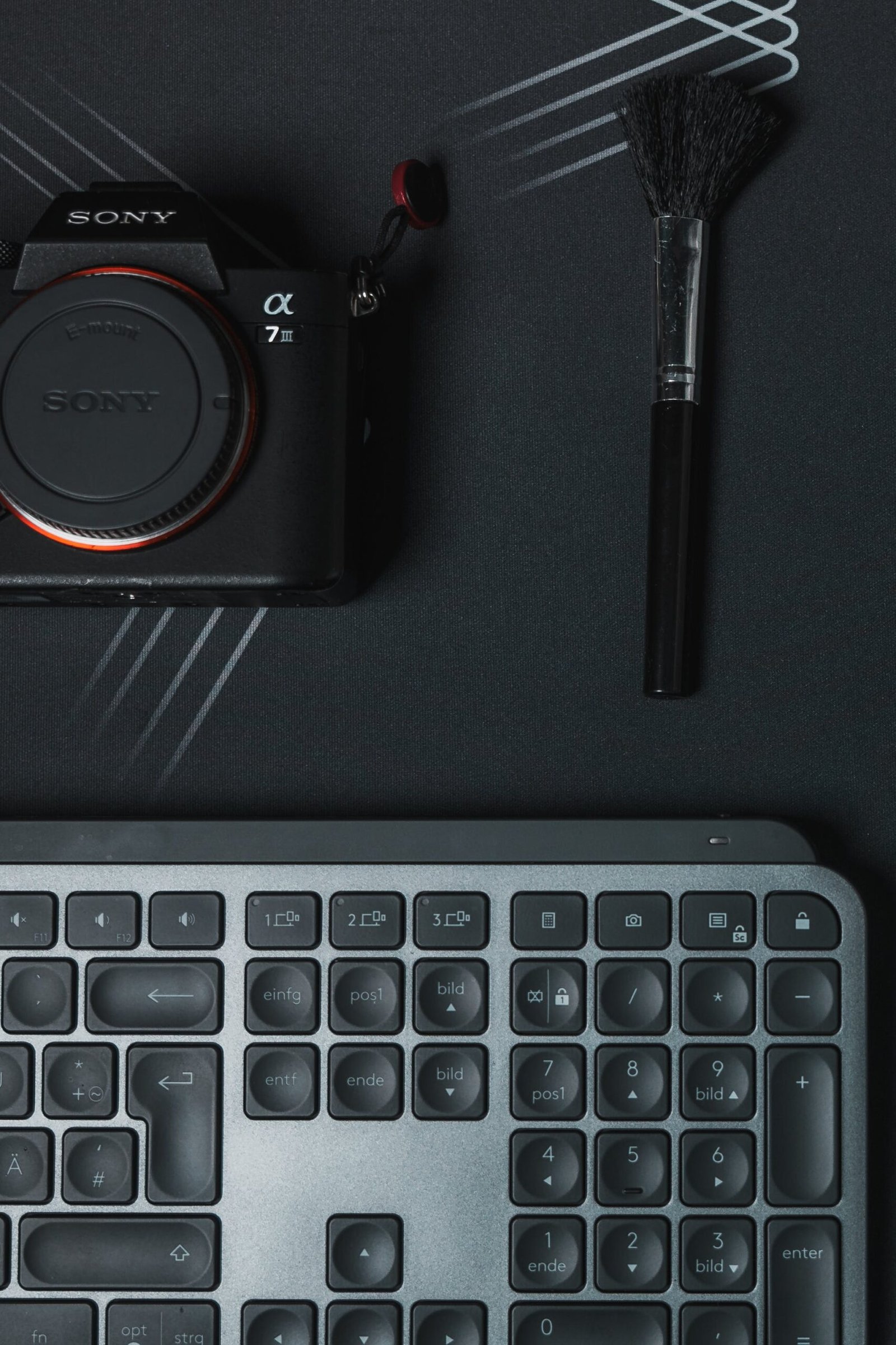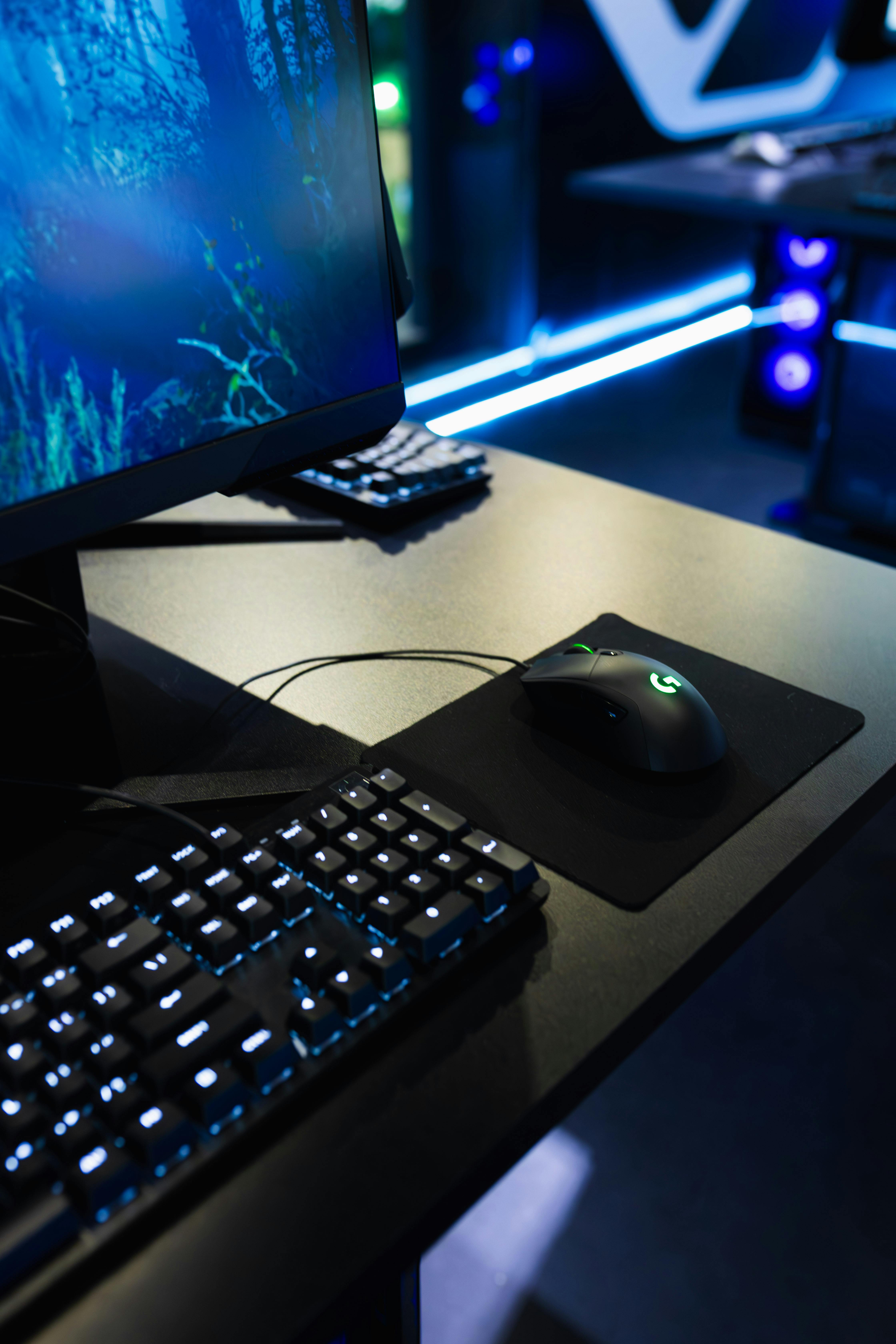In this article, we analyze and compare various shoulder machines available in the market today, with the aim of determining which one provides the best value for its cost. With the growing popularity of gym workouts and the increasing demand for targeted muscle exercises, shoulder machines have become an essential part of fitness routines. However, the wide range of options and varying price points can make it challenging to choose the right one. By examining the features, functionality, and effectiveness of these machines, we aim to provide a comprehensive analysis that will assist fitness enthusiasts in making an informed purchase decision.

Introduction
In the world of fitness, shoulder machines play a crucial role in strengthening and toning the shoulder muscles. These machines provide a targeted workout, allowing individuals to focus on developing the deltoids and surrounding muscles effectively. However, with the myriad of options available on the market, it can be overwhelming to choose the right shoulder machine for one’s fitness needs. In this article, we will provide an overview of shoulder machines, discuss the factors to consider when purchasing one, compare different machines available, and ultimately recommend the most suitable shoulder machine for individuals seeking to enhance their upper body strength and sculpt their shoulders.
Shoulder Machines Overview
Definition
Shoulder machines are exercise equipment specifically designed to isolate and target the shoulder muscles for strength training purposes. They typically consist of a seat, handles, and weight stack or resistance system. By providing controlled and guided movements, these machines allow users to perform various shoulder exercises, such as shoulder presses, lateral raises, and rear deltoid flyes, with ease and precision.
Importance of Shoulder Machines
Shoulder machines are vital in any fitness regimen, as they provide a safe and efficient way to strengthen and tone the shoulder muscles. The shoulders play a significant role in everyday movements and are involved in various upper body exercises. A well-developed set of deltoids not only enhances physical appearance but also improves overall upper body strength and stability.
Types of Shoulder Machines
There are several types of shoulder machines available in fitness facilities and home gyms. Some common variations include:
- Shoulder Press Machines: These machines typically feature a seat with handles positioned at shoulder height. Users push the handles upward, mimicking the motion of a shoulder press with dumbbells or a barbell.
- Lateral Raise Machines: These machines have padded arms or handles that users lift outward and upward, targeting the medial deltoids.
- Rear Deltoid Fly Machines: These machines focus on the posterior deltoids and upper back muscles. Users perform a reverse fly motion by pulling their arms back against resistance.
- Multi-Functional Shoulder Machines: These versatile machines often combine various shoulder exercises into a single apparatus, allowing users to target different areas of the shoulder with different exercises.

Factors to Consider
When selecting a shoulder machine, several factors should be taken into account to ensure the best investment in terms of exercise variation, adjustability, build quality, weight stack, and design ergonomics.
Exercise Variations
An ideal shoulder machine should offer a wide range of exercise variations to target different areas of the shoulder. Look for machines that allow shoulder presses, lateral raises, rear deltoid exercises, and even combinations of these movements for a comprehensive shoulder workout.
Adjustability
Adjustability is crucial as it ensures that the machine can accommodate individuals of different heights, arm lengths, and levels of flexibility. Look for shoulder machines that have adjustable seats, handles, and pads to ensure proper positioning and alignment during exercises.
Build Quality
A durable and well-built shoulder machine is essential for safety and long-term use. Look for machines made from high-quality materials, sturdy frames, and smooth operation. Additionally, consider the weight capacity of the machine to ensure it can support your current and future strength goals.
Weight Stack
The weight stack is an integral part of any shoulder machine. Consider the maximum weight capacity and the increments by which the weight can be adjusted. Machines with a wide range of weight options allow for progressive overload and cater to users of all fitness levels.
Design and Ergonomics
A well-designed shoulder machine should prioritize user comfort and ergonomics. Look for padded seats and handles with adequate cushioning, adjustable angles for optimal muscle engagement, and a smooth range of motion. Additionally, machines with clear and intuitive user interfaces and instructional guides can assist users in utilizing the equipment correctly.
Comparison of Shoulder Machines
To better understand the features and benefits of different shoulder machines, let’s compare five popular options currently available on the market:
Machine A
Features:
- Shoulder press and lateral raise functionality.
- Adjustable seat and handles.
- Smooth range of motion.
- Digital display for tracking progress.
Pros:
- Versatile exercise options.
- Adjustable to accommodate various body types.
- Sturdy frame and build quality.
- User-friendly interface.
Cons:
- Limited weight stack capacity.
- Higher price range compared to other machines.
- Limited rear deltoid exercise capability.
Price: $X
Machine B
Features:
- Multi-functional design with shoulder press, lateral raise, and rear deltoid fly capabilities.
- Adjustable seat, handles, and pads.
- Wide range of weight stack increments.
Pros:
- Comprehensive shoulder workout options.
- Adjustable for proper positioning.
- Smooth and controlled movements.
- Wide weight range suitable for various fitness levels.
Cons:
- Bulkier design may require more space.
- Limited overall weight capacity.
- Higher price range.
Price: $X
Machine C
Features:
- Lateral raise and rear deltoid fly functions.
- Adjustable handles and pads.
- Durable construction with a compact footprint.
- Easy-to-read weight stack labels.
Pros:
- Specific targeting of medial and posterior deltoids.
- Easy adjustments for personalized workouts.
- Space-saving design.
- Clear weight identification for quick selections.
Cons:
- Limited exercise variety compared to other machines.
- Less suitable for individuals with shoulder mobility issues.
- Lower weight stack capacity for advanced users.
Price: $X
Machine D
Features:
- Shoulder press functionality.
- Adjustable seat and handles.
- Smooth and quiet operation.
- Compact size for home gym settings.
Pros:
- Effective shoulder press exercise.
- Adjustable to accommodate different body types.
- Quiet operation for home use.
- Space-efficient design.
Cons:
- Limited exercise variations.
- Lower weight stack capacity.
- Less suitable for users seeking rear deltoid targeting.
- Fewer features compared to larger machines.
Price: $X
Machine E
Features:
- Multi-directional shoulder movement.
- Adjustable seat, handles, and pads.
- Heavy-duty construction for commercial use.
- Wide range of weight stack increments.
Pros:
- Full range of shoulder exercise possibilities.
- Easily adjustable for optimal positioning.
- Exceptional durability for high-intensity workouts.
- Suitable for both home and commercial use.
Cons:
- Higher price point.
- Requires more space.
- May be overly complex for beginner users.
Price: $X
In the next sections, we will delve into the unique features, pros, cons, and prices of each shoulder machine to assist in narrowing down the options and making an informed decision.

Shoulder Machine A
Features
Machine A offers both shoulder press and lateral raise functionality, providing users with exercise versatility. The adjustable seat and handles allow for proper alignment and positioning during workouts. Additionally, the machine provides a smooth range of motion, enhancing the overall exercise experience. A digital display is included to help users track their progress and monitor workout intensity.
Pros
Machine A offers versatile exercise options, allowing users to target different areas of the shoulder effectively. The adjustability of the seat and handles enables customization, accommodating individuals with varying body types and arm lengths. The machine’s sturdy frame and build quality ensure durability and long-term use. Additionally, the user-friendly interface and digital display enhance the overall user experience.
Cons
Despite its advantages, Machine A has a limited weight stack capacity compared to other machines on the market. Additionally, the machine falls into a higher price range, which may deter budget-conscious individuals. Lastly, Machine A has limited rear deltoid exercise capability, which may be a drawback for users seeking specific posterior deltoid targeting.
Price
Machine A is priced at $X, making it a more premium option in the market.
Shoulder Machine B
Features
Machine B is a multi-functional shoulder machine that offers a combination of shoulder press, lateral raise, and rear deltoid fly capabilities. The adaptable seat, handles, and pads ensure proper positioning and alignment during exercises. With a wide range of weight stack increments, users can progressively increase resistance as they advance in their fitness journey.
Pros
Machine B provides a comprehensive shoulder workout with its versatile exercise options. The adjustability of the machine allows for customization, ensuring comfortable and efficient movements. The smooth and controlled motions of Machine B contribute to a safe and effective workout experience. The wide range of weight options caters to users of all fitness levels.
Cons
One potential drawback of Machine B is its bulkier design, which may require more space in a home gym or fitness facility. Additionally, while Machine B offers a wide range of weight stack increments, its overall weight capacity may be limited compared to other machines. Lastly, Machine B falls into a higher price range, which may be a consideration for budget-conscious individuals.
Price
Machine B is priced at $X.
Shoulder Machine C
Features
Machine C focuses on lateral raise and rear deltoid fly functions. It offers adjustable handles and pads for proper alignment during exercises. With its durable construction and compact footprint, Machine C is a suitable option for those with limited space. The weight stack includes easy-to-read labels, enhancing usability.
Pros
Machine C provides specific targeting of the medial and posterior deltoids, making it an ideal choice for individuals seeking precise muscle engagement. The adjustability of handles and pads allows users to customize their workout to suit their needs. The compact design of Machine C saves space in home gyms or crowded fitness facilities. Additionally, the clear weight stack labels facilitate quick weight selections.
Cons
Machine C may have limited exercise variety compared to other shoulder machines, as it focuses primarily on lateral raises and rear deltoid flyes. Individuals with shoulder mobility issues may find fewer exercises suitable for their needs. Machine C also has a lower weight stack capacity, which may not be suitable for advanced users seeking heavier resistance.
Price
Machine C is priced at $X.
Shoulder Machine D
Features
Machine D offers shoulder press functionality with an adjustable seat and handles. Its compact size makes it suitable for home gym settings, where space may be limited. The machine operates smoothly and quietly, allowing for focused workouts without distractions.
Pros
Machine D provides an effective shoulder press exercise, targeting the deltoids effectively. The adjustable seat and handles ensure proper positioning and alignment for optimal muscle engagement. The smooth and quiet operation of Machine D makes it an excellent choice for home use. Additionally, its compact size saves space in smaller workout areas.
Cons
One drawback of Machine D is its limited exercise variations compared to machines with multiple functionalities. The weight stack capacity of Machine D is lower, which may not meet the needs of individuals seeking heavier resistance. Additionally, Machine D is less suitable for users specifically targeting the rear deltoids, as it primarily focuses on shoulder presses.
Price
Machine D is priced at $X.
Shoulder Machine E
Features
Machine E offers a multi-directional shoulder movement, allowing users to target different areas of the shoulders effectively. The adjustable seat, handles, and pads ensure proper positioning and comfort during workouts. With its heavy-duty construction, Machine E is designed for high-intensity workouts and can withstand rigorous use in both home and commercial settings. The weight stack provides a wide range of increments for progressive overload.
Pros
Machine E provides a full range of shoulder exercise possibilities, making it an excellent choice for those seeking variety and comprehensive workouts. The adjustability of the machine allows for personalized positioning and optimal muscle engagement. The exceptional durability of Machine E ensures it can withstand high-intensity workouts, making it suitable for both home and commercial use. The wide range of weight stack increments caters to users of all fitness levels.
Cons
Machine E falls into a higher price point compared to other options on the market. It also requires more space due to its larger size, which may be a consideration for individuals with limited workout areas. Lastly, due to its complexity and range of functionalities, Machine E may be overwhelming for beginners unfamiliar with shoulder machines.
Price
Machine E is priced at $X.
Summary and Final Verdict
After analyzing the features, pros, cons, and prices of the five shoulder machines, we can now compare them to determine the most recommended option.
Comparison of Shoulder Machines
Machine A provides versatile exercise options, adjustability, sturdy build quality, and a user-friendly interface. However, its limited weight stack capacity and higher price range may deter some individuals. Machine B offers a comprehensive shoulder workout with multi-functional capabilities, adjustability, and a wide range of weight stack increments. However, its bulkier design, limited weight capacity, and higher price range may influence the decision.
Machine C focuses on lateral raise and rear deltoid fly functions, with compact construction and clear weight stack labels. However, its limited exercise variety, lower weight stack capacity, and restrictions for individuals with shoulder mobility issues may impact its suitability. Machine D provides an effective shoulder press exercise, compact size, smooth operation, and suitability for home use. However, its limited exercise variations, lower weight stack capacity, and restricted rear deltoid targeting may affect its overall appeal.
Machine E offers a full range of shoulder movement, adjustability, exceptional durability, and a wide weight stack range. However, its higher price point, space requirements, and complexity may be factors to consider for certain individuals.
Recommended Shoulder Machine
Based on the comparison, Machine B stands out as the most recommended shoulder machine. It provides a comprehensive shoulder workout with its multi-functional design, adjustability, smooth movements, and a wide range of weight stack increments. While it falls into a higher price range and may require more space, the overall versatility and effectiveness of Machine B make it worth the investment for individuals seeking a high-quality shoulder machine.
Conclusion
Shoulder machines are invaluable tools for strengthening and toning the shoulder muscles. Understanding the importance of shoulder machines, as well as the factors to consider when purchasing one, is crucial for making an informed decision. By comparing different shoulder machines, such as Machine A, Machine B, Machine C, Machine D, and Machine E, individuals can identify the features, pros, cons, and prices that align with their fitness goals and preferences. Ultimately, selecting the most suitable shoulder machine, such as Machine B, can lead to enhanced upper body strength, improved shoulder aesthetics, and a more well-rounded fitness regimen.


